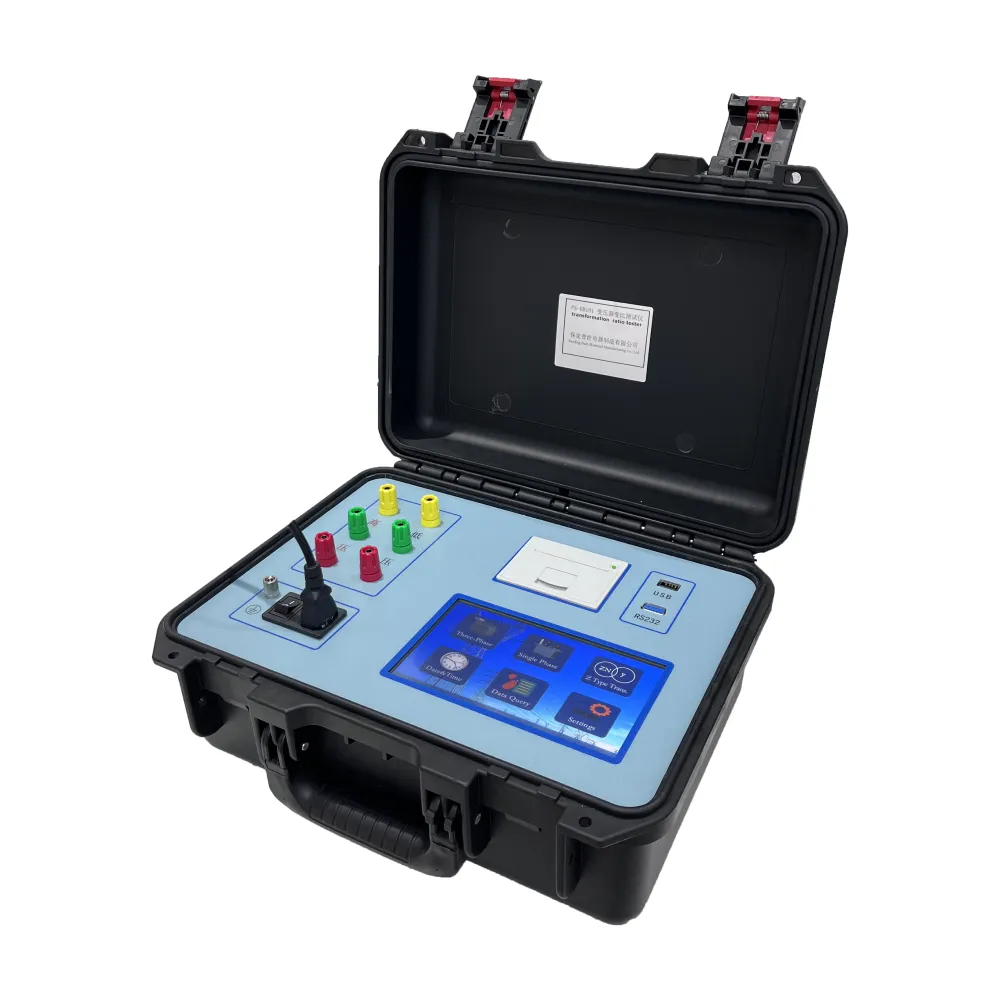 English
English


Pre-Commissioning Tests for Transformers Ensuring Performance and Reliability Before Operation
Pre-Commissioning Testing of Transformers Ensuring Reliability and Performance
Transformers play a crucial role in electrical power systems by stepping up or stepping down voltage levels for efficient power transmission and distribution. Before a transformer is put into service, it undergoes a series of pre-commissioning tests to ensure its reliability, performance, and safety. These tests are essential for identifying any potential issues that may affect the transformer’s operation, thus safeguarding the integrity of the electrical network.
Importance of Pre-Commissioning Testing
Pre-commissioning testing is vital for several reasons. Firstly, it helps to verify that the transformer has been manufactured and assembled according to the specified design and quality standards. Secondly, it ensures that all electrical connections, mechanical components, and insulation systems are functioning correctly and safely. Finally, these tests allow for the validation of the operational parameters and characteristics of the transformer, ensuring it meets the desired specifications.
Key Pre-Commissioning Tests
1. Visual Inspection Before any electrical testing, a comprehensive visual inspection is performed. This includes checking for any physical damage, incorrect assembly, or foreign objects inside the transformer. The inspection also covers the transformer’s external components, such as bushings and terminal connections.
2. Insulation Resistance Testing This test measures the insulation resistance of the windings and other electrical components. Using a megohmmeter, technicians apply a high voltage to assess the integrity of the insulation. High insulation resistance readings indicate a healthy insulation system, while low readings can suggest moisture ingress or deterioration.
pre commissioning test of transformer

3. Power Factor Testing The power factor test evaluates the insulation system’s dielectric losses by measuring the capacitance and dissipation factor. This is done using specialized equipment that applies an AC voltage to the transformer windings. A high dissipation factor can indicate poor insulation condition that may lead to future failures.
4. Turns Ratio Testing This test verifies the turns ratio between the primary and secondary windings of the transformer. By applying a low voltage and measuring the output, technicians can confirm that the transformer is built according to the design specifications. Any deviations may suggest issues with winding connections or short circuits.
5. Voltage and Current Testing Applying nominal voltage during testing helps to observe the current behavior under load conditions. This test ensures that the transformer operates within its specified parameters and provides the expected performance. Additionally, it helps to verify the operation of protection devices installed in the system.
6. Functional Testing of Accessories Transformers are equipped with various accessories such as relays, temperature sensors, and pressure relief devices. Functional testing ensures that these components operate correctly, enhancing the safety and reliability of the transformer during operation.
7. Transformer Oil Testing If the transformer uses oil for insulation and cooling, it's essential to conduct oil testing. Tests for moisture content, dielectric strength, and dissolved gases provide insights into the oil condition, indicating potential issues such as overheating or arcing.
Conclusion
The pre-commissioning testing of transformers is an essential step in ensuring the reliability and performance of electrical power systems. These tests help to identify any potential faults before the transformer goes into service, minimizing the risk of failure and ensuring a safe operational environment. Rigorous pre-commissioning testing not only instills confidence in the transformer’s performance but also contributes to the overall stability and efficiency of the electrical grid. As technology progresses, the methods and equipment used in pre-commissioning tests continue to evolve, enhancing the effectiveness and accuracy of these critical evaluations. Properly conducted pre-commissioning tests ultimately lead to reliable power delivery, ensuring that consumers receive uninterrupted electricity while protecting valuable infrastructure.
-
Differences between open cup flash point tester and closed cup flash point testerNewsOct.31,2024
-
The Reliable Load Tap ChangerNewsOct.23,2024
-
The Essential Guide to Hipot TestersNewsOct.23,2024
-
The Digital Insulation TesterNewsOct.23,2024
-
The Best Earth Loop Impedance Tester for SaleNewsOct.23,2024
-
Tan Delta Tester--The Essential Tool for Electrical Insulation TestingNewsOct.23,2024





